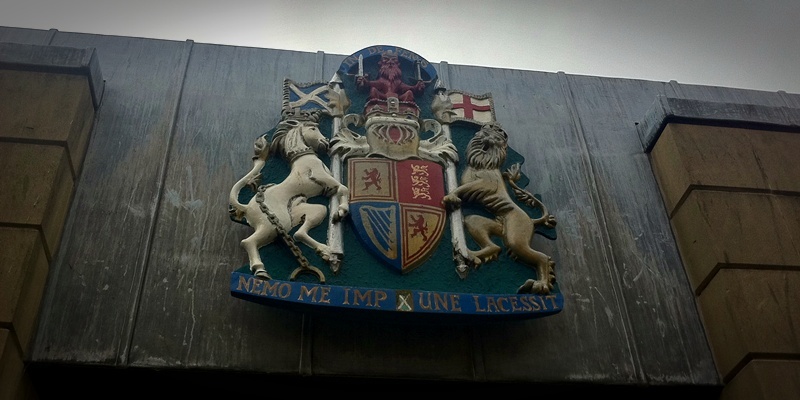Juries should be told if an accused has previous convictions for a similar crime, a major review of Scots law has concluded.
The Scottish Law Commission report, published today, says the current system whereby evidence the accused has previously committed very similar offences is not admissible lacks ”logic and coherence”.
Fresh questions were raised about the law after serial killer Peter Tobin was convicted in December 2009 of the murder of Dinah McNicol after a trial at Chelmsford Crown Court in Essex.
His previous conviction for the murder of Scottish schoolgirl Vicky Hamilton was introduced as evidence of a pattern of behaviour. This would not have been allowed in a Scottish court.
Justice Secretary Kenny MacAskill will now consider the report and decide whether to implement the recommendations.
Patrick Layden QC, the lead commissioner who wrote the report, said: ”Evidence of how the accused has acted on another occasion is relevant to whether he has acted in a similar way in relation to the offence with which he is charged.
”It does not become irrelevant because he has been convicted on that other occasion. This report, if implemented, will ensure that the jury can consider all relevant information.”
Scottish Tory chief whip John Lamont welcomed the study and agreed the current rules are ”illogical and arbitrary”.
”There are many who look at court cases and wonder why relevant convictions aren’t made known because they can form such a significant part of the jigsaw,” he said.
